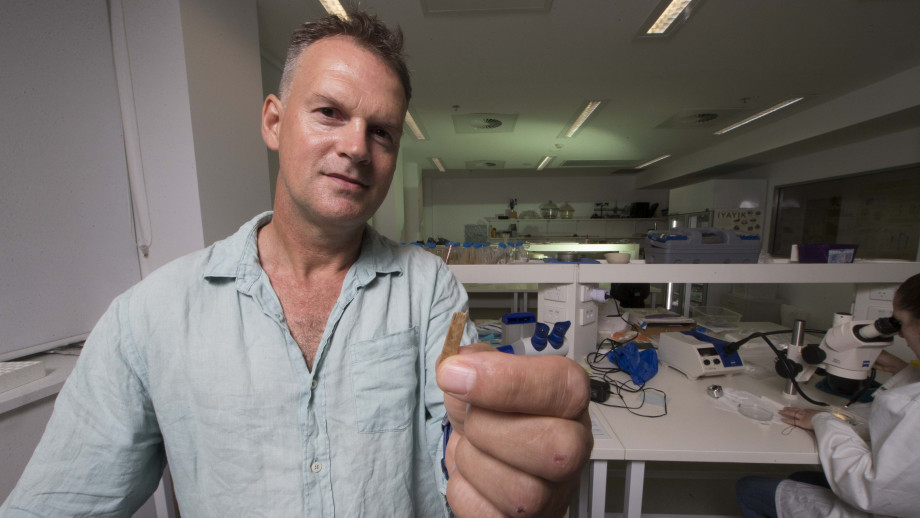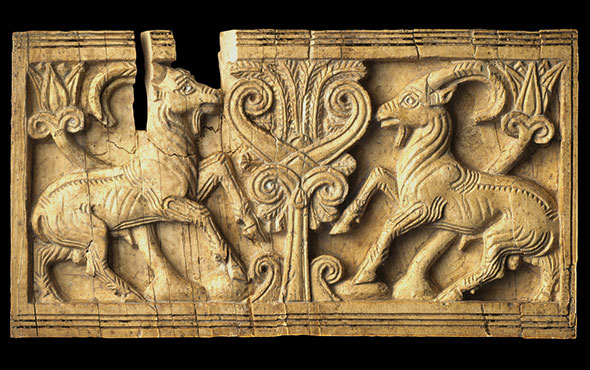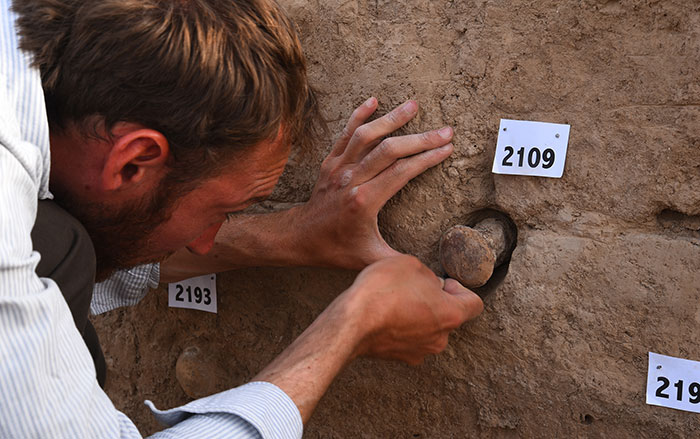
CANBERRA, AUSTRALIA—According to an Australian Broadcasting Corporation News report, Geoffrey Clark of Australian National University and Michelle Langley of Griffith University examined a set of tattooing implements discovered on Tongatapu Island in the 1960s. It had been thought that the tools were lost in 2003, when bushfires destroyed the storage facility where they were being kept. Years later, Clark and Langley learned the tools had been removed from the facility for study before the fires. An inkpot originally found with the bone implements was not in the rediscovered collection, however. Recent radiocarbon dating indicates the tools were made 2,700 years ago, or at the beginning of Polynesian culture, Clark said. Two of the tools were made from the bones of seabirds, while the other two were made from the bones of a large mammal—likely from humans, Langley said, since no other large mammals are known to have lived on the island at that time. The bone fragments were sharpened into blade and comb shapes and fitted with handles. To create a tattoo, the tool would have been dipped in ink, then a second tool would have been used to tap it and drive the ink under the skin. Clark suggests the use of human bone in the tattooing process may have been a way of honoring ancestors. To read in-depth about tattoos in the archaeological record, go to “Ancient Tattoos.”










